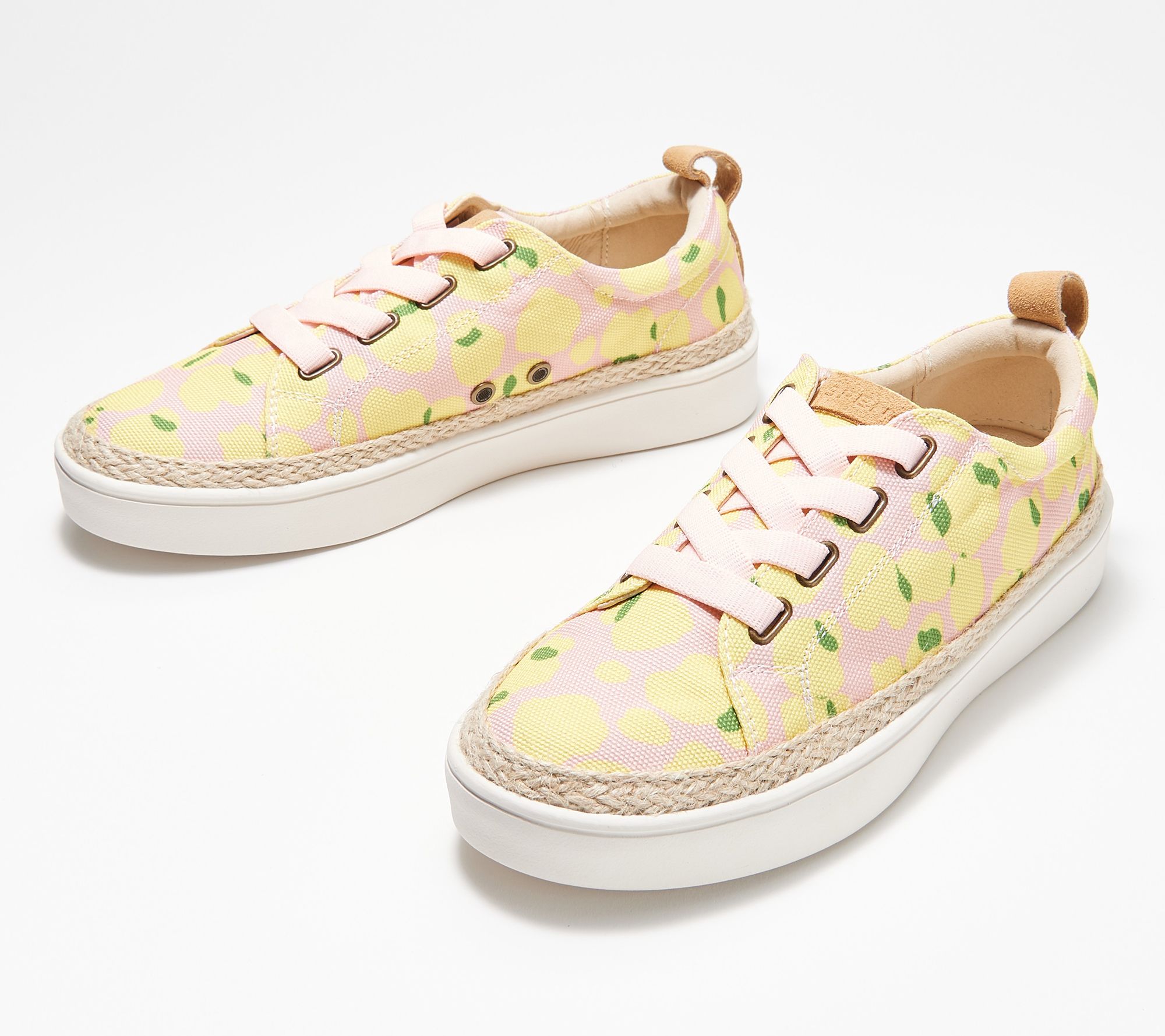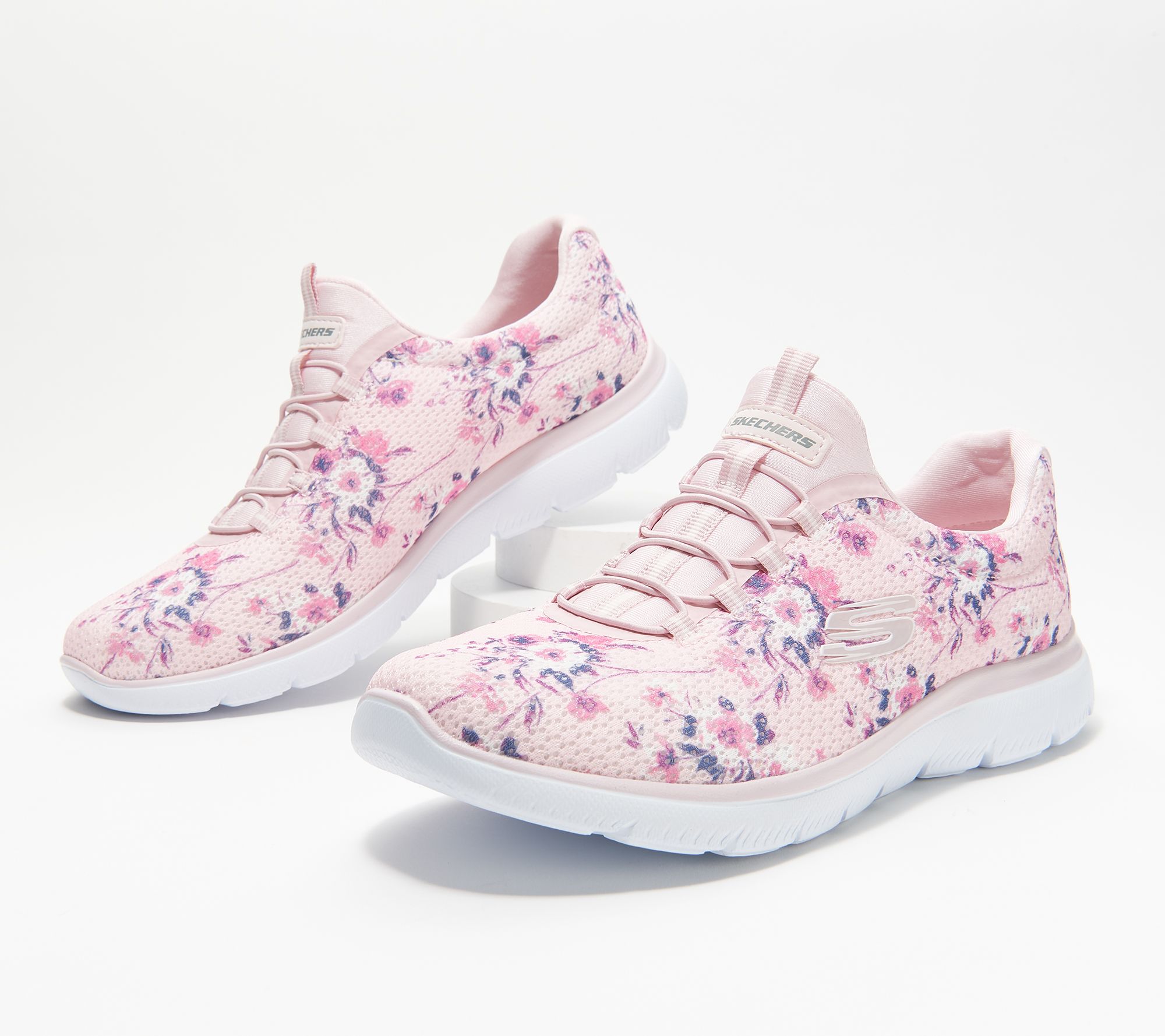Arizona Big Buckle Slide Sandal – BIRKENSTOCK
-
( 3 Reviews )Rated 4.67 out of 5 based on 3 customer ratings03
Oversized buckles freshen the look of a legendary sandal made with a contoured footbed that mimics the shape of your foot and provides excellent support.
-
Boys’ Toddler Nike Air Max 95 OG Casual Shoes
Rated 5.00 out of 505Boys’ Toddler Nike Air Max 95 OG Casual Shoes
Rated 5.00 out of 505 -
Spenco Orthotic Gored Lace Slip-On Sneaker – Malibu 21
Rated 5.00 out of 504Spenco Orthotic Gored Lace Slip-On Sneaker – Malibu 21
Rated 5.00 out of 504 -
Nike Air More Uptempo – Men’s
Rated 4.86 out of 507Nike Air More Uptempo – Men’s
Rated 4.86 out of 507 -
Skechers Washable Slip-On Bungee Summit Sneakers – Calm Harmony
Rated 5.00 out of 502Skechers Washable Slip-On Bungee Summit Sneakers – Calm Harmony
Rated 5.00 out of 502
Oversized buckles freshen the look of a legendary sandal made with a contoured footbed that mimics the shape of your foot and provides excellent support.
- Contoured cork footbed with arch support
- Leather upper and lining/rubber sole
- Made in Germany
- Women’s Shoes
- Item #5542150
Additional information
| SIZE INFO | True to size. |
|---|
Average Rating
4.67
Rated 4.67 out of 5 based on 3 customer ratings
035 Star
66.67%
4 Star
33.33%
3 Star
0%
2 Star
0%
1 Star
0%
Submit your review Cancel reply


)



by Jay
I want to love these, but with almost every step I take, it sounds like passing gas!!! It’s really embarrassing. As much as I want to keep them, they’re going back.
by Machi
I definitely am glad I choose this style. besides comfort I love the size of the buckles.
by Emily
Love these sandals and their trendy twist on an old school favorite. So versatile for dressing up or down.